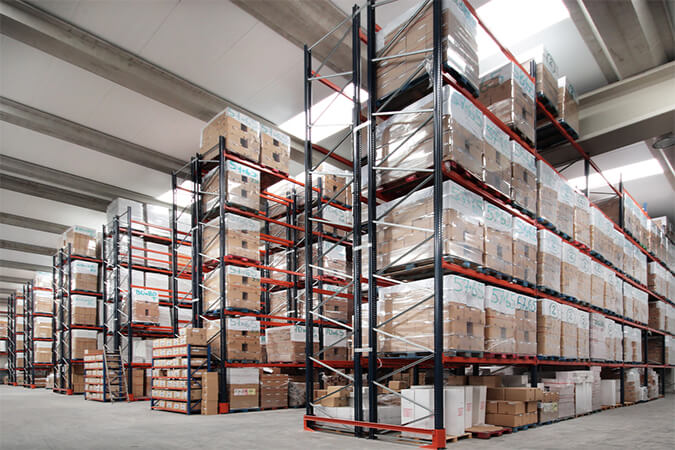A Guide to Pallet Storage in Nigeria
Pallet storage is a critical part of building and maintaining your business. Pallets are used to transport materials, products, equipment, raw goods and finished goods from one location to another. They also act as the foundation for many structures including warehouses, factories, retail displays and more. With so much riding on pallets it’s important that they be stored properly in order to keep them safe and functioning optimally over time. This guide will cover some general guidelines for pallet storage in Nigeria along with specific tips related to building design & construction, warehouse management & layout as well as what factors come into play when storing different types of pallets (i.e., wood vs plastic).
What is a pallet?
A pallet is the structural component of any building and is used to transport materials and products. From the manufacturer, the distribution center, and even from the store to the customer, the journey of that pallet is the same. In most cases, pallets are available in four basic forms, all of which use the same basic components and can be easily modified to meet the requirements of each project. The three common types of pallets are 1) 1” x 4” x 16” and 2) 1” x 4” x 8”. The third is the smallest and most common type used in the world for moving products. It is often incorrectly called a jumbo pallet but it is actually a jumbo-king. It is the standard used in shipping and is 6 feet wide and 10 feet long.
How to store pallets
You can’t store pallets in your regular storage areas. Pallets require dedicated storage rooms. The main consideration when choosing a storage facility is the type of material the building is built from. Most pallet-friendly buildings are made out of steel, concrete or wood. You should also think about size. If you are storing pallets for a large number of items it’s a good idea to invest in a building which is big enough. You can have a pallet parking lot but then you will just end up having to store the pallets on the ground (which is not ideal). Some storage facilities are made with separate storage units for different types of pallets.
Design and construction of a warehouse
To be able to store pallets efficiently and with minimum damage, the warehouse needs to have a built-in structure that allows for proper organization of pallets. This makes it possible for goods to be placed on pallets in a convenient and orderly fashion. For maximum efficiency, a warehouse is designed with three main functional elements: stacking, storing, and lifting/unloading of pallets.
Stacking: The stacking area is where the loads are stored on the pallets. The stacking area should be large enough for maximum storage of a large number of pallets. Stacking will maximize the surface area available for goods to be stowed.
Warehouse management and layout
This is one of the most important aspects of pallet storage. It’s important to note that design, especially at the start of your pallet storage project, has a huge impact on the eventual outcome of your storage solution. Planning your warehouse layout to allow for the storage of all types of pallets helps you to reduce waste and inventory cost. Unfortunately, a vast majority of storage solutions will either do nothing to segregate pallet types or have pallet islands that are impossible to combine for storage purposes.
Pallet storage solutions must be designed to allow for efficient and easy pallet merging without sacrificing any space in the process.
Different types of pallets
There are six basic types of pallets used: wooden, plastic, styrofoam, corrugated cardboard, steel and aluminum. Plastic is the most widely used pallet material in Nigeria with over 90% of the tonnage being made up of this type. There is currently only one dedicated plastic pallet factory in the country and demand is already outstripping production. This is of great concern since only about 1% of all plastic pallets are made from recycled material. All plastic pallets must be manufactured from recycled plastic materials in order to be 100% plastic.
Conclusion
Pallets are a vital tool for businesses large and small and maintaining the well-being of the pallets they depend on is a vital part of owning and operating a business. Many pallets are made to last, but there are certain factors that can lead to pallets’ deterioration, especially when it comes to ones that are exposed to the elements. To maximize the life of your pallets and ensure the materials on which your business depends are kept in good condition, follow the general guidelines listed in this guide to effective pallet storage.
You may also be interested in:








LEAVE A COMMENT
You must be logged in to post a comment.